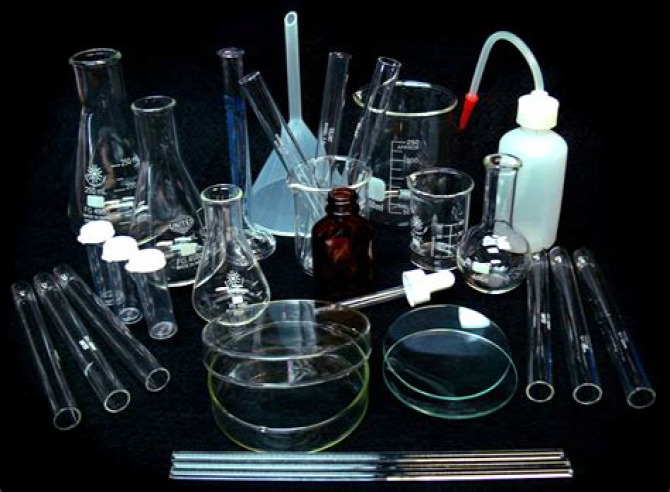How to produce laboratory glassware?
The production of laboratory glassware involves several steps and processes. Here is a general overview of how laboratory glassware is produced:
Glass Selection: High-quality borosilicate glass is typically used for laboratory glassware due to its thermal resistance and chemical inertness. The glass composition is carefully selected to ensure the desired properties.
Glass Melting: The glass ingredients are melted together in a furnace at high temperatures until they form a homogenous liquid. The temperature and duration of the melting process are crucial to achieving the desired glass properties.

Shaping: Once the glass is molten, it can be shaped into various forms using different techniques. The most common method is glass blowing, where the molten glass is inflated into a mold or manipulated by skilled glassblowers using specialized tools. Other shaping techniques include pressing, casting, and machining.
Annealing: After shaping, the glassware is subjected to an annealing process. Annealing involves slowly cooling the glassware to relieve internal stresses and enhance its durability. This step is essential to minimize the risk of glassware breaking or shattering due to thermal or mechanical stress.
Cutting and Finishing: Once the glassware is annealed, it may undergo additional cutting or finishing processes to achieve the desired shape and size. This can involve using diamond or laser cutters to trim excess glass or applying specialized techniques to create specific features or connections.
Surface Treatment: Some laboratory glassware may require surface treatments to enhance its functionality. This can include applying a non-stick coating, such as PTFE (polytetrafluoroethylene), to prevent substances from adhering to the glass surface.
Quality Control: Throughout the production process, rigorous quality control measures are implemented to ensure the final products meet the required specifications. This can involve visual inspections, dimensional measurements, and testing for thermal resistance and chemical compatibility.
Packaging and Distribution: Once the glassware passes quality control, it is carefully packaged to protect it during transportation and storage. It is then distributed to laboratories, scientific institutions, or suppliers for further distribution to end-users.
It's important to note that laboratory glassware production can vary depending on the specific type of glassware being manufactured and the manufacturer's processes and techniques. The above steps provide a general overview of the production process.
Customization: In some cases, laboratory glassware may be customized according to specific requirements. This can involve etching or engraving the glassware with measurement marks, labels, or identification codes. Customization may also include adding accessories such as stoppers, fittings, or connectors.
Specialized Glassware: Certain laboratory glassware requires additional steps or specialized processes. For example, complex glassware like condensers, distillation apparatus, or chromatography columns may involve intricate assembly or multiple components fused together. These specialized glassware items require skilled craftsmanship and precision.
Research and Development: The production of laboratory glassware often involves continuous research and development to improve existing products or develop new ones. Manufacturers may invest in innovation, exploring new glass compositions, advanced manufacturing techniques, or incorporating advanced features into their glassware designs.
Compliance and Standards: Laboratory glassware production must adhere to various industry standards and regulations. Manufacturers need to ensure their products meet safety requirements, accuracy standards, and compatibility with common laboratory procedures and chemicals. Compliance with international standards, such as ISO or ASTM, is crucial for ensuring the quality and reliability of the glassware.
Sustainability Considerations: Increasingly, manufacturers are focusing on sustainability in glassware production. This includes using energy-efficient manufacturing processes, minimizing waste, and incorporating recycled glass into production. Environmentally friendly practices contribute to reducing the ecological footprint of laboratory glassware production.
Collaboration and Certification: Manufacturers may collaborate with scientific institutions, research laboratories, or industry experts to ensure the functionality and suitability of their glassware for specific applications. Additionally, certifications and accreditations from relevant organizations or regulatory bodies can demonstrate compliance with quality and safety standards.
Maintenance and Care: Proper care and maintenance of laboratory glassware are crucial to its longevity and accurate performance. Manufacturers often provide guidelines for cleaning, sterilization, and handling procedures to ensure the glassware remains in optimal condition throughout its use.
The production of laboratory glassware requires expertise, precision, and attention to detail. Manufacturers strive to create high-quality, durable, and reliable products that meet the stringent requirements of scientific research, analysis, and experimentation.


Utolsó kommentek